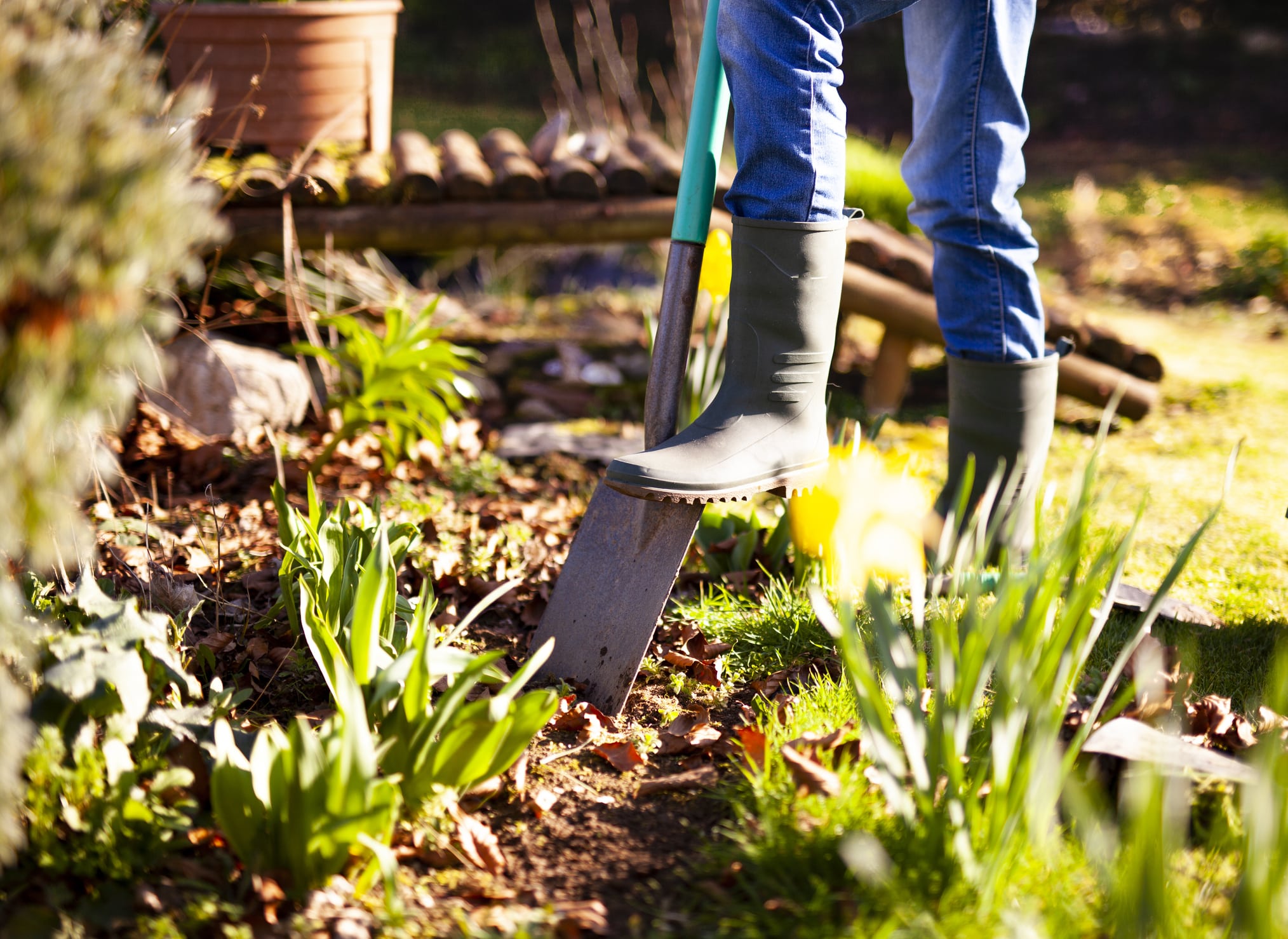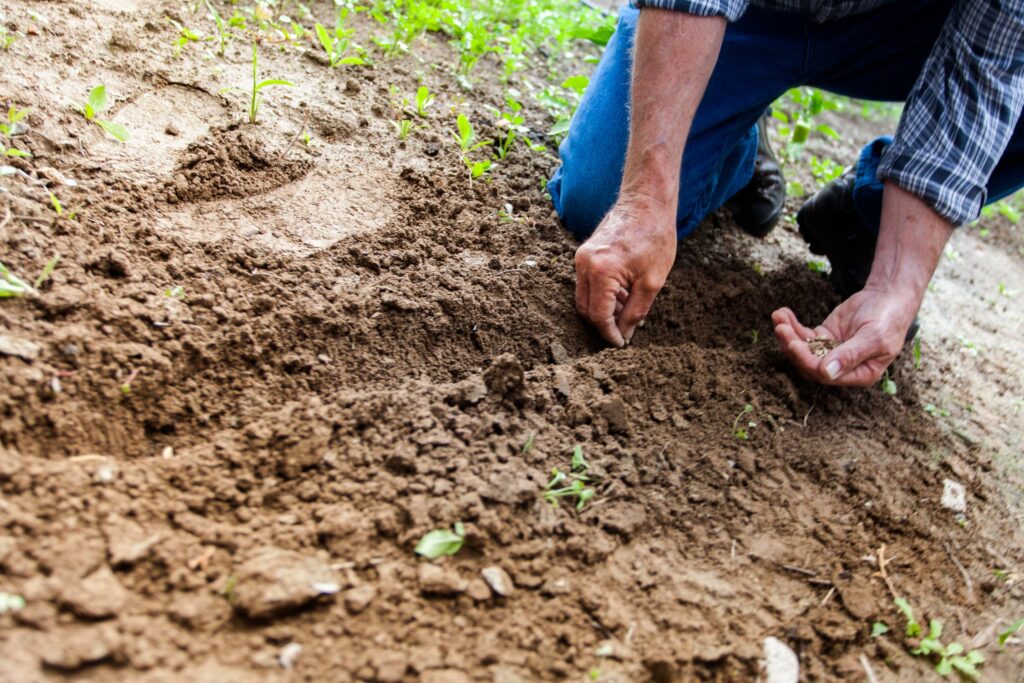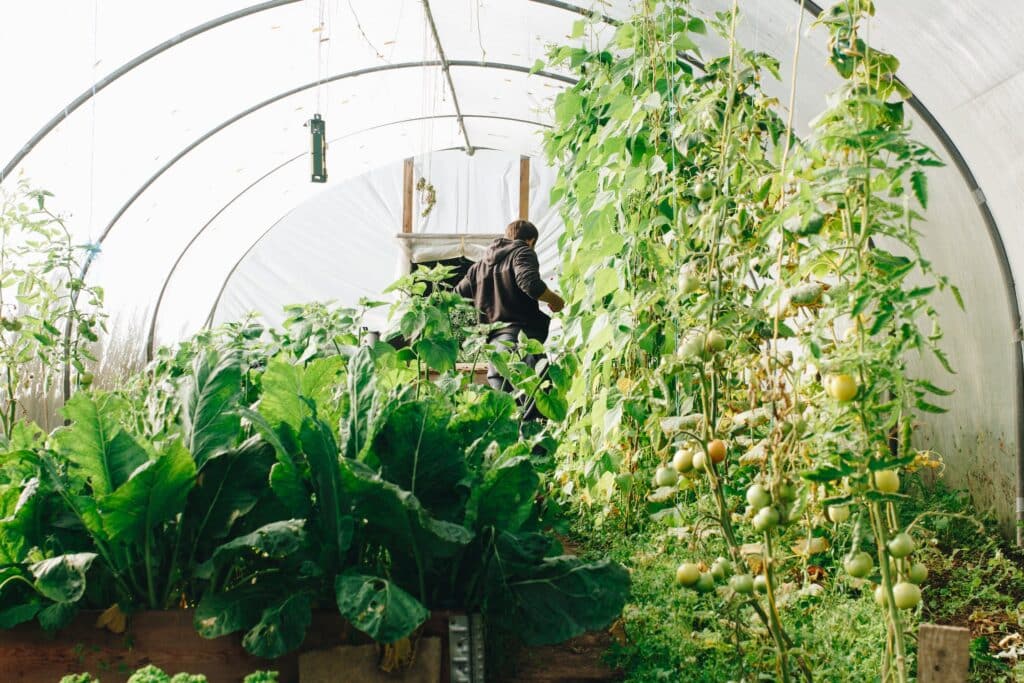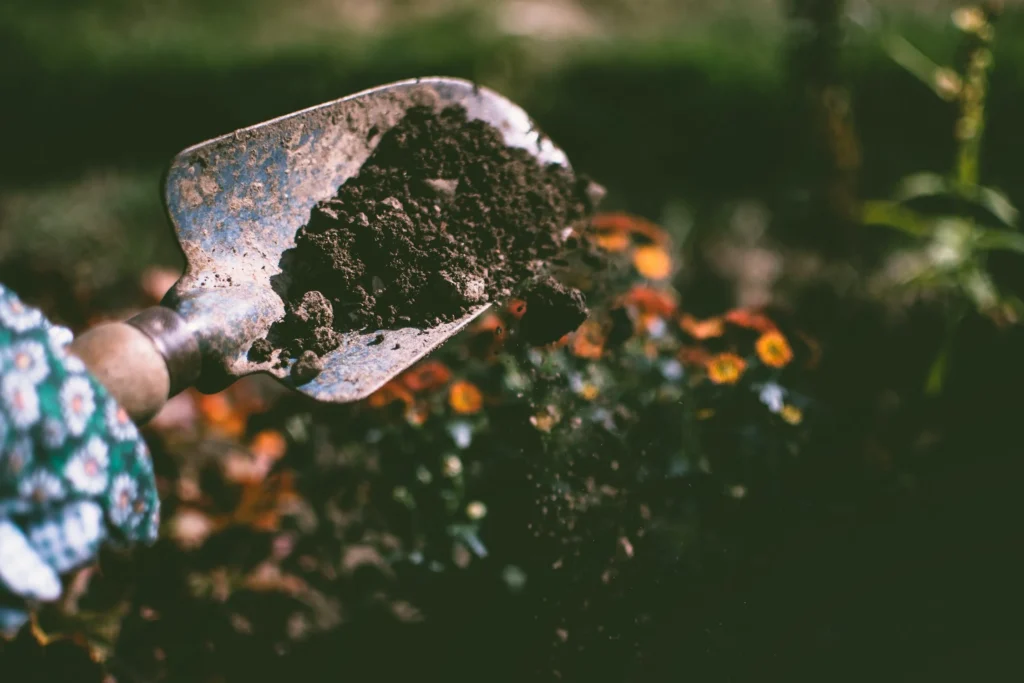How to Grow a Late-Season Vegetable Garden

 Why you can trust us
Why you can trust us
Founded in 2005 as an Ohio-based environmental newspaper, EcoWatch is a digital platform dedicated to publishing quality, science-based content on environmental issues, causes, and solutions.
It’s not too late! The main growing season might be waning, but you can still plant crops for some late-season gardening this fall.
Summer garden staples like tomatoes and eggplant can’t handle the coming fall frosts, but many crops thrive in the chillier temperatures. Growing a successful fall garden is all about predicting the weather, choosing the right crops, and protecting the plants on frosty mornings.
Dig out those seed packets from the beginning of the season, and follow these guidelines to get started.
Determining Your Frost Date
Fall temperatures look different around the country, so optimal growing weeks will vary by location. Some seed packets will list “zones” the crop can survive in, referring to the USDA Plant Hardiness Zone Map, which splits the country into 13 zones based on average annual minimum winter temperature. In Zone 10 areas, a crop you’d need to get into the ground in mid-August in New Hampshire, or late September in the Pacific Northwest, you might even be able to plant in December!

Frost dates – the average date of the first light freeze in the fall – are another important factor in planting time, and vary widely by region and climate. For example, New York City’s frost date is November 14th, San Francisco’s December 15th, and Denver’s is much earlier on October 6th. To determine when a crop should be planted, refer to the seed packet for the number of days the plant takes to reach maturity. Plants grow a bit slower in the fall, so add at least a week to the maturity time. Then, add in the length of the harvest period listed for the vegetable. From the first frost date, count backward by the total number of days to determine when the seeds should be planted by. If you’re behind by a few weeks, use transplants instead of seeds to speed up the process. Predicted first frost dates are not a guarantee, however. Check the weather report to know of upcoming temperature and weather events so you can protect your veggies accordingly.
Remember that fall temperatures will alter your watering schedule too. Generally, fall crops need about an inch of water per week. Give them plenty when the late-summer temperatures are still high, but they’ll need slightly less once it starts cooling down.
Preparing the Garden

Before getting your seeds in the ground, you’ll need to clean up after your summer crops to ensure that your fall veggies have room to grow. Remove any crops that aren’t doing well – like those overrun with pests or disease – and pull out those that are past their season. Remove any weeds and freshen the soil with some new compost.
When you’re ready to get seeds in the ground, remember to plant them a bit deeper than you normally would. The soil will be warmer further down, which helps the seeds germinate.
Choosing Plants
When it comes to fall growing, not all plants are created equal. Based on maturation time and ability to withstand frost, here’s a general guide of what to plant and when.
10-12 Weeks Before First Frost
Many cruciferous vegetables like broccoli, brussel sprouts, cabbage, and cauliflower will grow happily in the late summer into the fall. Some of the young plants will die in cold frosts – like broccoli – so quick-growing varieties are preferable, if you can find them. To achieve tighter, fuller heads, cauliflower should actually be planted in the fall as opposed to the summer, but the plants take between two and three months to fully mature, so they should be planted early.
Green beans – only the bush variety, however – mature in under 2 months, making them an excellent fall crop. The plants can’t handle any frost exposure, so planting at least 10 weeks out from the first frost date is crucial. Squashes like pumpkins, cucumbers, and both summer and winter squash (ironically) make good late-season crops, can’t handle frost either, so be sure to get them in the ground quickly.
As for root crops, carrots produce relatively quickly, and can be easily sprouted inside ahead of time to prepare for fall planting. Turnips, on the other hand, take 100 days to mature. They’ll be more flavorful when they grow in those cool fall temperatures, but they’ll take a while to reach that point, so your best bet is to plant them well before the first frost.
8-10 Weeks Before First Frost
Leafy greens like arugula, Chinese cabbage, collard greens, kale, lettuce, spinach, and Swiss chard can go in a bit later.
Lettuce will grow quickly, but its shallow roots make it a candidate for frost damage. To keep the plants going, grow them in containers that can be easily moved inside when frost is predicted. Kale is much hardier. The leaves can handle light frost, and the seeds can germinate in relatively cool soil. There’s no need to pull your summer Swiss chard crop either; the cool temperatures will bring the plants back to life!
6-8 Weeks Before First Frost
If the first frost is quickly approaching, quick-maturing plants are best, like arugula, bok choy, spinach, radishes, and turnips. You’ll be able to get a good harvest before the cold kills them off.
If you have less than two months before that first cold night, beets and radishes are your best bet. They can often survive through mild frosts right into the winter. Radishes, in fact, sometimes get woody and bitter when grown in the spring, so they’re a perfect fall/early winter crop. Some winter radish varieties like black Spanish radish and watermelon radish prefer to be planted at the end of the summer and harvested in fall or early winter.
But, don’t let the labels get you down – plants may surprise you and continue producing! Spinach and kale can often survive into the winter if you let them continue growing and keep them from going to seed.
Protecting Your Crops Against the Cold

Even if you plan everything right, sometimes that first frost can sneak up earlier than anticipated. If that happens, don’t panic! Your crops still have a fighting chance if you take steps to protect them from the cold.
If frost is predicted, cover the plants in the early evening with an old blanket, sheet, burlap, or tarp. Many garden stores will sell polyester row-covers too, designed for this exact purpose. Whatever fabric you use, drape it loosely around the plants, taking care not to touch the plant itself and to leave space for air circulation. Keep the plants covered all night and unwrap in the mid-morning as the sun starts to warm the ground. Store the fabric somewhere dry until the next cold night.
Cold frames are a more permanent solution in a late-season garden. By this method, plants are covered with a bottomless, transparent box with a cover that can be closed at night to trap in the heat. While cold frames require more space and money to maintain, they’re great for gardeners committed to late-season growing in the long term.
For root vegetables that grow underneath the soil, you can simply mulch the ground above them. Even if the greens on the surface die, the roots underneath can continue to grow into the winter if covered.
Preparing for Next Season

Even if you aren’t planting a late-season garden, you can still get a jump-start on next year and prepare your garden beds for the spring.
Pull out all the remaining dead (or dying) plants first. Don’t worry about pulling out all the roots – they’ll feed microbes in the soil, enhancing the soil quality for next year. Then, add 3-4 inches of fresh compost over the soil. If you’re not planting a late-season garden, you’ll be able to do this while the soil is still warm, and the microbes and bugs will begin breaking it down. Apply an organic fertilizer if you wish, like bone meal, blood meal, rock phosphate, or another organic product. Whatever you put down, cover the garden with leaves once you’ve raked up a pile in the fall. This will keep the soil insulated and warm, and the critters in it active.
Subscribe to get exclusive updates in our daily newsletter!
By signing up, you agree to the Terms of Use and Privacy Policy & to receive electronic communications from EcoWatch Media Group, which may include marketing promotions, advertisements and sponsored content.

 233k
233k  41k
41k  Subscribe
Subscribe 




